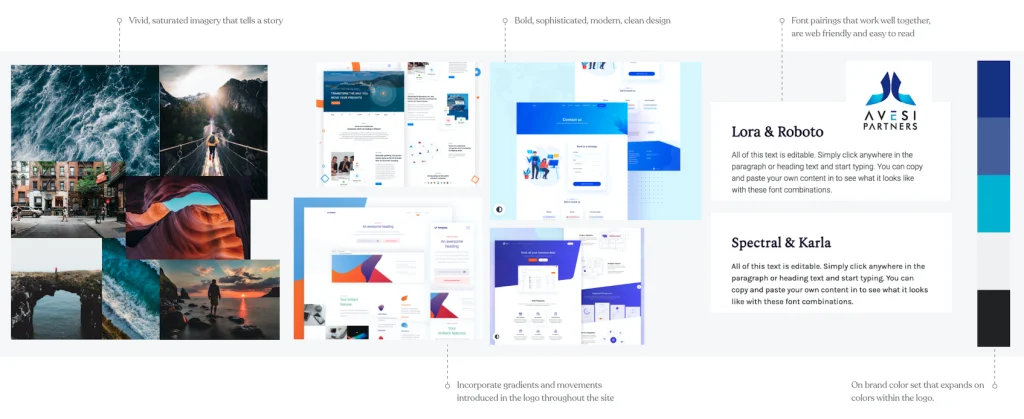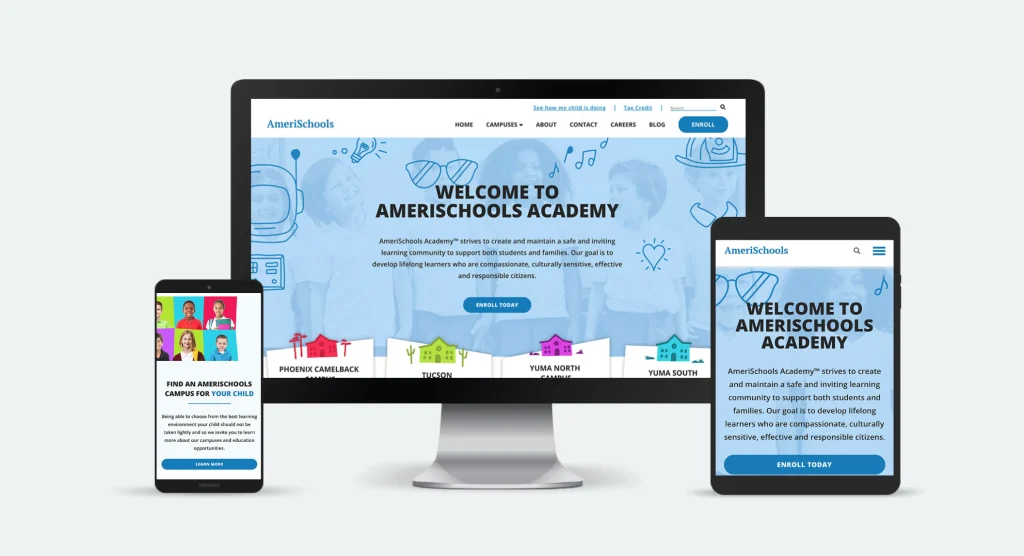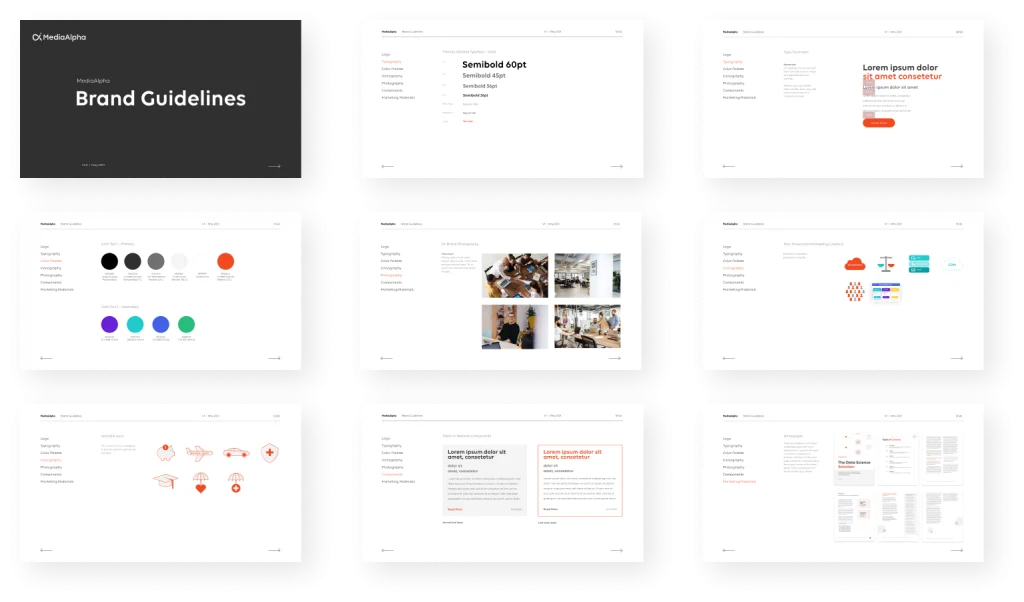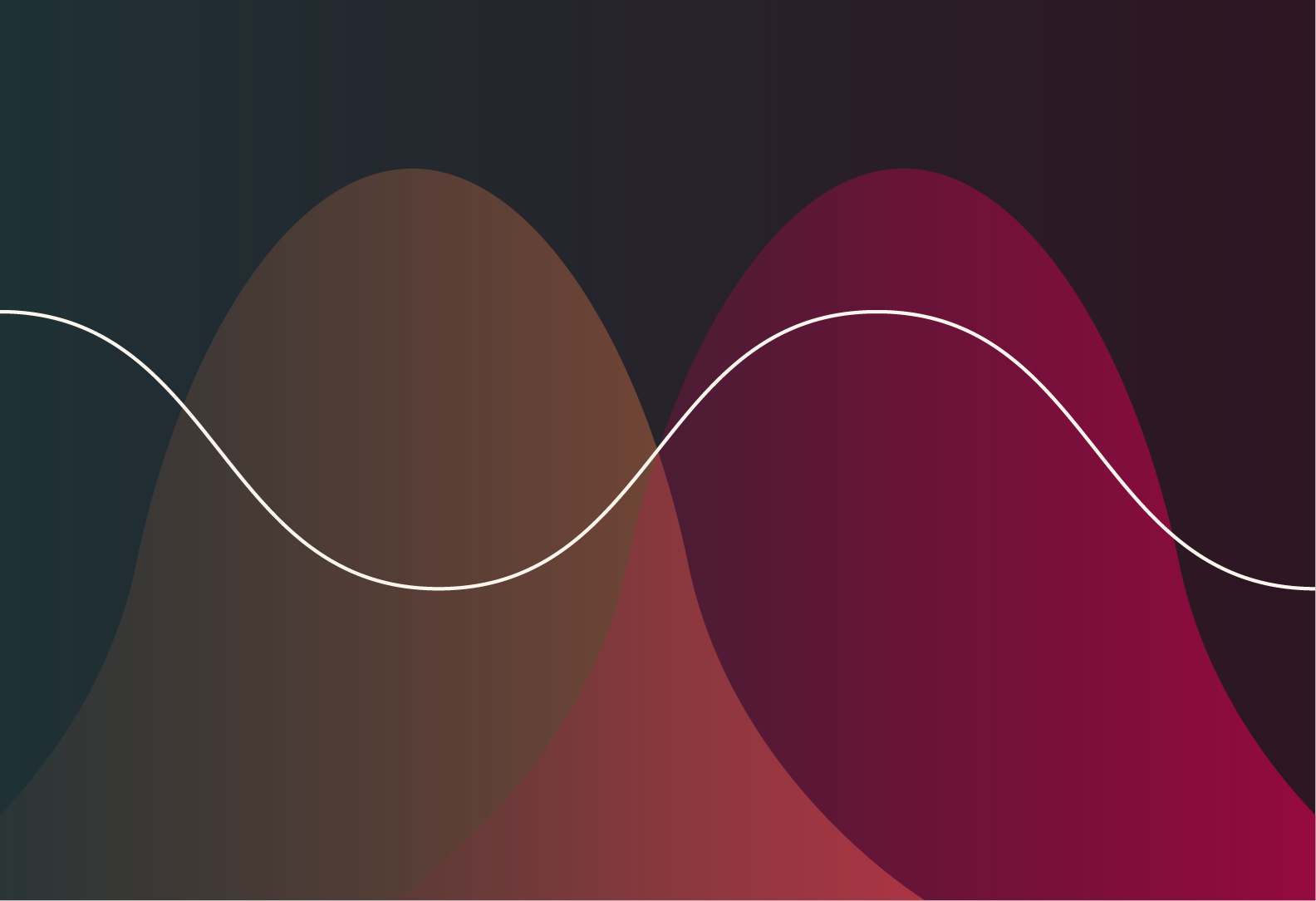In this post, we discuss the characteristics of an effective SaaS landing page. Some key points include: having a solid CTA, consistent branding, and sharing valuable testimonials.
Software services are more popular than ever, leading to an overcrowded industry and fierce competition. Given that your SaaS website is usually a customer’s first point of contact with your SaaS product or brand, your site needs to make it easy to see why your product is a strong cut above the rest.
Aside from making a good first impression, however, your website is also important for converting visitors into customers. That’s where marketing landing pages can make a huge difference.
But what exactly is a landing page, and how can it provide you with a competitive edge? We’ve put together a quick roundup of everything you need to know about the importance of having an effective SaaS landing page.

What is a marketing landing page?
Technically speaking, a landing page refers to any page on which a customer might “land” on your website, which could include your home page. However, in marketing, it typically refers to a page on your site that is simple, concise and designed specifically to convert.
Landing pages are often seen as the result of a click on an email link, social post, ad or other digital asset that has encouraged your prospect to learn more. Knowing that they’re already interested in your SaaS business or product, a landing page is your way to seal the deal.
SaaS landing pages often promote one specific action you want customers to take, which may include:
- Scheduling a product demo
- Exchanging their information for a downloadable asset
- Starting a free trial
- Exploring a new product feature
- Setting up an introductory call
- Making a purchase
The action promoted should be based on the context of the content on which they clicked so it delivers a personalized sales pitch that speaks directly to the visitor.
Why your SaaS business needs a landing page
There are a plethora of benefits that can come with building effective landing pages into the overall marketing strategy for your SaaS business, including:
- An increase in qualified leads
- A higher conversion rate
- An increase in organic search traffic
- More digital asset downloads
- An opportunity for more direct marketing language
- More SEO for your brand
SaaS landing pages also make for a good tool to uncover the best, most persuasive messaging that speaks to your desired audience through the use of A/B testing. You can test multiple strategies at once and compare them side by side until you feel like every element on the page has been perfected.
Characteristics of an effective SaaS landing page
Of course, simply building a SaaS landing page isn’t enough to reap all the benefits mentioned above. To achieve more conversions, you’ll need to set up a thorough strategy that makes each element of your page intentional to achieve your goals. This is where hiring an experienced SaaS web designer can come in handy.
While there is no one-size-fits-all approach to creating an effective SaaS landing page, there are a few general characteristics we’ve seen that can contribute to your page’s success.

A targeted call to action (CTA)
Building a landing page is a way for you to serve up exactly what a potential customer is expecting to see when they click on your ad. This can be much more effective than sending visitors to a home page that likely has information about who you are, what you’re selling, your product features and more, which can make it a challenge for your visitor to find the information they need.
Consider the following example.
- A prospect clicks on a Facebook ad touting a new SaaS product feature with a CTA to learn more.
- They click on the ad, which takes them to a landing page that is all about that specific product feature.
- Once on the page, they read through a short bit of copy about that product feature’s value proposition and continue to draw interest.
- The copy leads them to a CTA to enter their information in exchange for scheduling a product demo to see this new feature – plus all of your product’s other features – in action.
- The product demo convinces them to make a purchase.
If a prospect clicks on an ad encouraging them to try your product risk-free, the associated landing page should end with a CTA to start their free trial.
Developing custom landing pages provides a much smoother, more targeted user experience designed to meet your prospect where they currently are in their buying journey. Landing pages are a great way to pique the interest of new customers and increase qualified leads that can then be entered into drip campaigns or other marketing efforts to result in a sale.

Consistent branding
Because landing pages are often the first interaction potential customers will have with your brand, it’s important to maintain consistent branding that matches your overall site and the ad design. This means keeping the same:
- Brand colors
- Fonts
- Logo
- Voice
- Tone
- Overall aesthetic
These brand characteristics should be present across all channels, including landing pages, print collateral, emails, product demos and more.
According to consumer research, it can take five to seven impressions for someone to remember a brand, which makes consistency key. Not to mention a consistent brand can actually increase revenue by up to 33% by increasing brand credibility and trust.
Intentional, concise content
The average length of time that visitors will spend on a web page across all industries is 54 seconds, which means you don’t have a lot of time to maintain a visitor’s interest. That’s why it’s important to make sure the content that fills your landing page is short, direct and has a clear purpose.
While shorter is typically better when it comes to SaaS landing pages, the amount of information that should be on the page can depend on factors like:
- Product cost: Less expensive solutions usually require less information consumption before a purchase is made, whereas buyers often want to be more informed when making a costly purchase.
- User awareness: Visitors who are already aware of or have engaged with your brand won’t need as much information, but new prospects can benefit from additional content.
- Motivation: If a visitor clicks on an ad with a CTA to make a purchase or to take some other immediate action, less information is needed to convert, as they’re already intending to engage.
For better insight specific to your brand, pay attention to the metrics for your site and landing pages. Look at where visitors tend to drop off, and consider why that might be the case.
A few questions you can ask yourself include:
- What information am I providing that they don’t care about?
- How can I say things more concisely?
- What verbiage could make my message stronger?
- Are there any elements the page could live without?
Quick and clear value proposition
Because visitors to your SaaS landing page are often coming in with certain expectations about what they’re going to see, it’s crucial to continue to highlight the value your users can glean from purchasing your product. This information should live at the top of the page to ensure their attention continues to be captured.
One way to think about the content that should appear at the top of your landing page is to consider your customers’ pain points. What problem are they trying to solve via your solution? Address that first, then explain how your solution can solve it.
Testimonials and/or case studies
Nearly 80% of people report that user-generated content highly impacts their purchasing decisions. User-based content could include:
- Reviews
- Testimonials
- Case studies
- Videos
- Images
Point being: Buyers want to feel assured that your solution works. User-generated and user-based content and opinions feel less biased, increasing buyer confidence and helping to justify their decision to purchase.
When it comes to B2B content, include case studies that demonstrate how your solution contributed to a customer’s return on investment (ROI), increased revenue/sales, improved customer acquisition cost or other business metrics that might appeal to potential customers. This is especially important if your target buyer persona includes CEOs, CFOs or other company leaders whose jobs depend on meeting these metrics.
The first step towards landing page success
While there are some best practices you can follow to build an effective landing page, the most fruitful elements for your SaaS business are ultimately going to depend on your product, audience, competition, brand and unique CTAs.
The best way to get started on the road to conversion success is to enlist the help of a web designer and developer that can build your page based on market research and your unique value proposition.
Motion Tactic specializes in developing SaaS websites that optimize visibility and grow your monthly recurring revenue (MRR). Schedule a consultation today!


